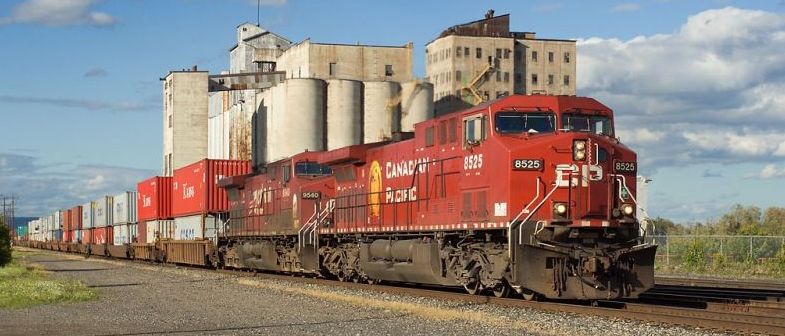
Train Addiction Help Line: 1.866.840.7777
White River Productions - Book - (IT) - The Illinois Terminal, The Road of Personalized Services - By Dale Jenkins (SKU 15-21)
Available On: December 1, 2009

The Illinois Terminal Railroad that vanished into the Norfolk & Western Railroad in 1981 was a markedly different creature than it was as an infant some 75 years earlier. With its arch-windowed electric cars flashing though the fertile central Illinois countryside or trundling through city streets past humming substations, the Illinois Traction System was the epitome of classic interurban carriers in a short-lived epoch of American transportation.
Electric interurban and streetcar railways helped civilize the nation's cities while bridging the gap between horse-and-buggy era and the automobile age. A number of small upstart railway companies eventually grew into the far-flung Illinois Traction System. in the early days Midwesterners were served by ITS passenger and freight operations at a time when interurbans were simply a way of life that most people assumed would never end.
Interurbans came and went with alarming frequency in the early part of the 20th Century. Insufficient capital, competition from parallel steam railroads, the coming of the automobile age, and the Great Depression together or separately proved to be formidable foes for most interurban lines. But the strong survived. Radical change beginning at the end of the Roaring Twenties" propelled the largest of all interurbans, "The Traction," into the ranks of big-time railroading.
World War II and the years immediately after were merciless on American railroads, especially with changes in U.S. transportation policies. Cast aside by America's new focus on highway and air transport, the railroads were forced to make radical transformations or succumb to "progress." The IT entered this period still very much an interurban, relying largely on electric power to transport freight and passengers, but it left as an all-diesel, freight-only company.
Beginning in 1956, the railroad found itself in a completely new venue; a unique one, in some respects, compared to other rail carriers, because the IT was now a ward of a contigent of "steam" railroads. The end of the sotry revolves around the tenacity of the railroad and its leaders, and it holds still more lessons in how a company adapted (and did so quickly) to survive in an increasing ruthless, obstacle-ridden corporate world. Yet the Illinois Terminal remained an immensely fascinating operation, right up to the end.
Contents:
Section 1: The Interurban Era
Chapter 1: The McKinley Years
Chapter 2: The Building of an Empire
Chapter 3: Passengers — 1901-1927
Chapter 4: Freight — 1901-1927
Section 2: The Expansion Era
Chapter 5: The Steam Line
Chapter 6: The St. Louis & Alton
Chapter 7: Passengers — 1928-1945
Chapter 8: Freight — 1928-1945
Section 3: The Transition Era
Chapter 9: The Diesels Arrive
Chapter 10: The Streamlined Era
Chapter 11: Radical Transformation
Section 4: The Diesel Era
Chapter 12: New Direction
Chapter 13: The Wilson Years
Chapter 14: Countdown to N&W
(ISBN: 1-932804-00-5)

$69.95 US